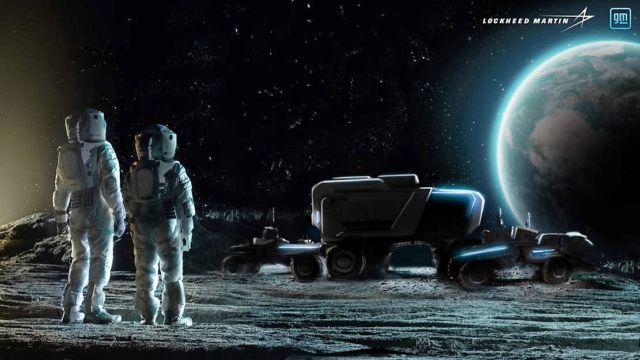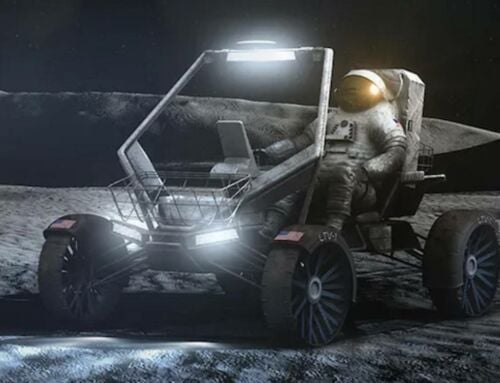Lockheed Martin, General Motors team-up to develop next-generation Lunar rovers, for NASA Artemis astronauts to explore the Moon.
Lockheed Martin and General Motors Co. are teaming up to develop the next generation of lunar vehicles to transport astronauts on the surface of the Moon, fundamentally evolving and expanding humanity’s deep-space exploration footprint.
NASA’s Artemis program is sending humans back to the Moon where they will explore and conduct scientific experiments using a variety of rovers. NASA sought industry approaches to develop a Lunar Terrain Vehicle (LTV) that will enable astronauts to explore the lunar surface farther than ever before. The LTV is the first of many types of surface mobility vehicles needed for NASA’s Artemis program.
To support NASA’s mission, the two industry leaders will develop a unique vehicle with innovative capabilities, drawing on their unparalleled engineering, performance, technology and reliability legacies. The result may allow astronauts to explore the lunar surface in unprecedented fashion and support discovery in places where humans have never gone before.
Lockheed Martin will lead the team by leveraging its more than 50-year-history of working with NASA on deep-space human and robotic spacecraft, such as NASA’s Orion exploration-class spaceship for Artemis and numerous Mars and planetary spacecraft.
“This alliance brings together powerhouse innovation from both companies to make a transformative class of vehicles,” said Rick Ambrose, executive vice president, Lockheed Martin Space. “Surface mobility is critical to enable and sustain long-term exploration of the lunar surface. These next-generation rovers will dramatically extend the range of astronauts as they perform high-priority science investigation on the Moon that will ultimately impact humanity’s understanding of our place in the solar system.”
GM is a leader in battery-electric technologies and propulsion systems that are central to its multi-brand, multi-segment electric vehicle strategy, positioning the company for an all-electric future. Additionally, GM will use autonomous technology to facilitate safer and more efficient operations on the Moon.
“General Motors made history by applying advanced technologies and engineering to support the Lunar Rover Vehicle that the Apollo 15 astronauts drove on the Moon,” said Alan Wexler, senior vice president of Innovation and Growth at General Motors. “Working together with Lockheed Martin and their deep-space exploration expertise, we plan to support American astronauts on the Moon once again.”
source Lockheed Martin






Leave A Comment